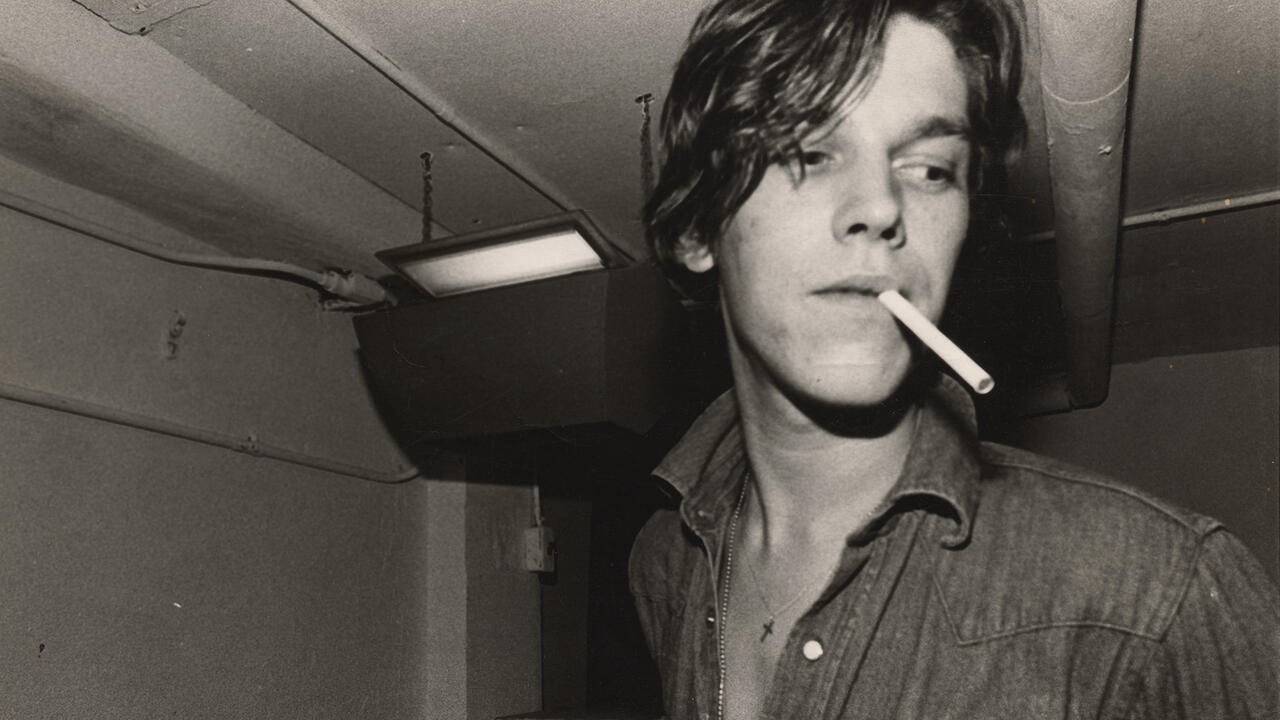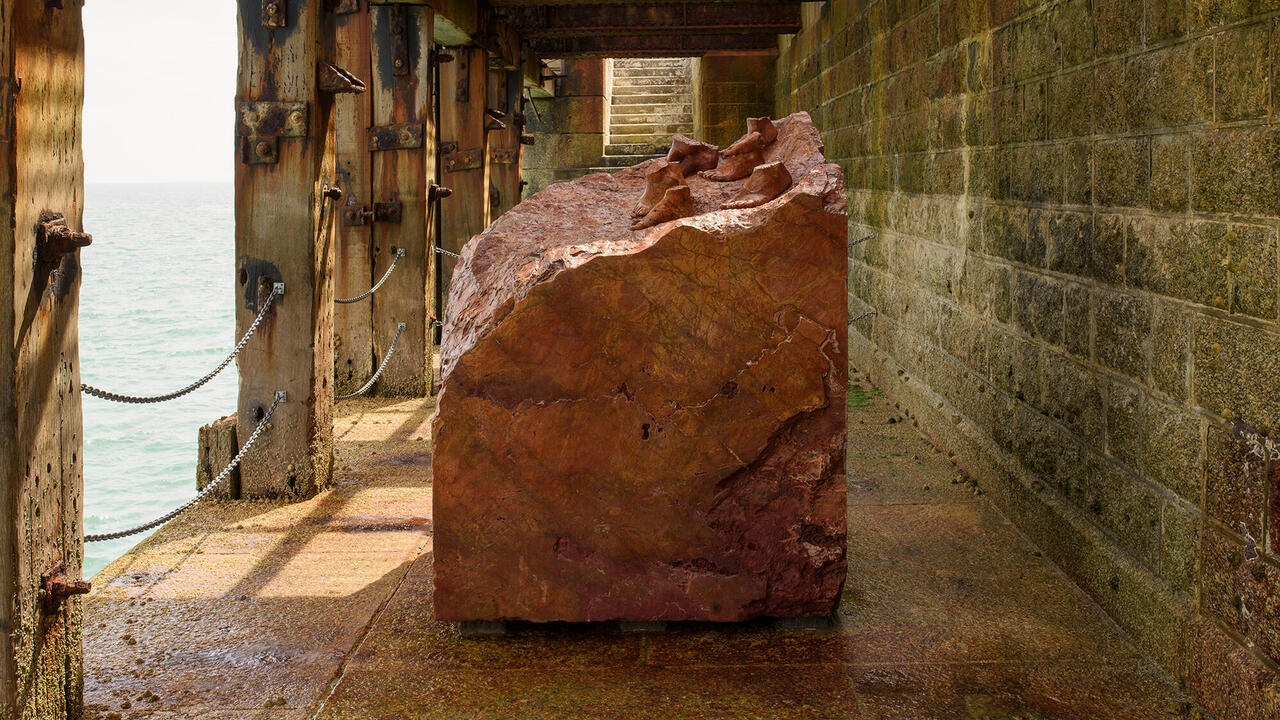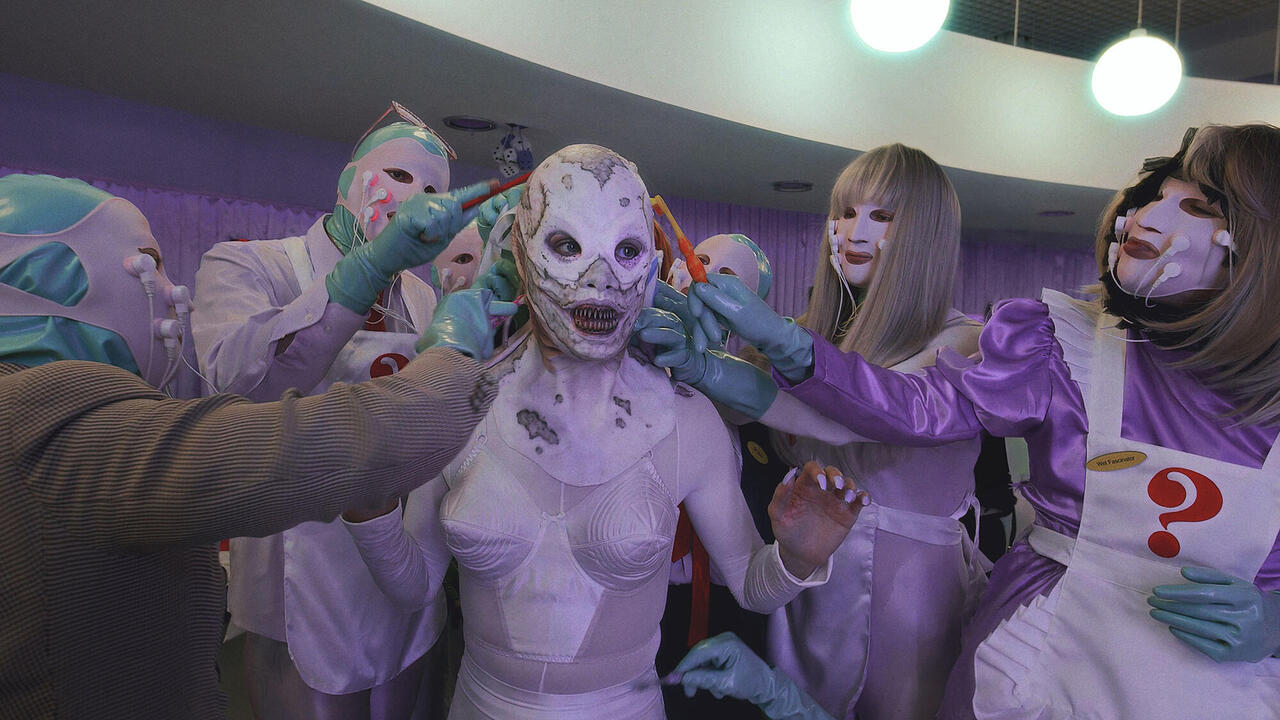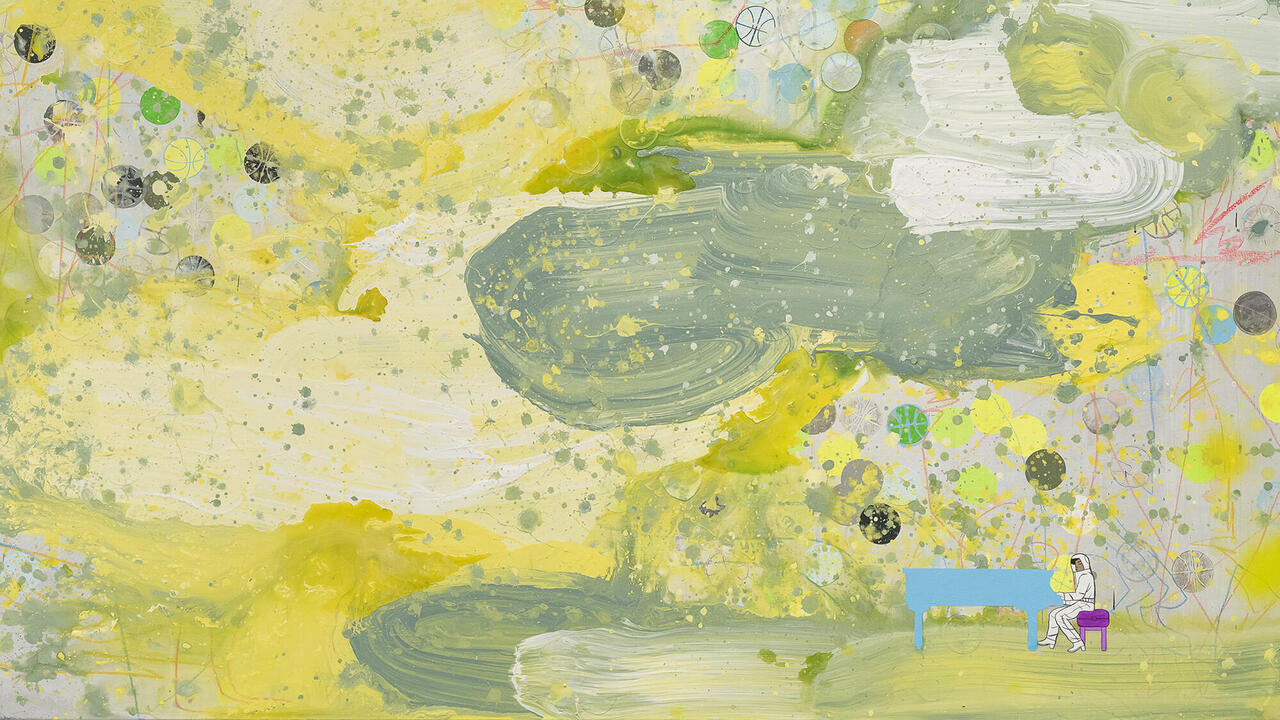Must-See: Gustavo Nazareno’s Acts of Faith
At Opera Gallery, London, the artist works with charcoal and chiaroscuro to depict a pantheon of deities
At Opera Gallery, London, the artist works with charcoal and chiaroscuro to depict a pantheon of deities

This review is part of a series of Must-See shows, in which a writer delivers a snapshot of a current exhibition
In a series of paintings and charcoal drawings at Opera Gallery, Gustavo Nazareno depicts a cast of Orixás, divine spirits central to Afro-Brazilian religions, in human form. ‘Orixás: Personal Tales on Portraiture’ testifies to the artist’s spiritual journey within the syncretic Candomblé religion. In the basement of the gallery, Nazareno offers an interpretation of Candomblé – the word means ‘dance in honour of the gods’ – through what he described to me during a visit to the gallery as a ‘ceremony of charcoal drawings’, dedicated to his tutelary deity, Exu.

Across 25 high-contrast drawings titled Bará (2019–24), this androgynous trickster figure bends, folds and buckles, warping movement beyond the capacities of human contortion. Nazareno’s use of chiaroscuro embraces the dualistic traits of Exu, who floats between good and evil, human and non-human. Part of a larger series of over 400 works, the drawings’ serial presentation is indicative of the artist’s spiritual dedication. Nazareno is zealous in his renderings; developing drawing as a practice in the purest sense of the word.

In Yemayá (2024), the artist portrays the goddess of the sea. She is clad in a billowing deep blue gown, swept up in shadows so the focus is on her face, her eyes lowered and her forehead flushed with a whispered lunar glow. Before he paints, Nazareno undergoes a stratified process of writing Candomblé-inspired narratives, making garments informed by the characteristics of the Orixás and finally translating these into his compositions. Moving through these processes is an act of faith, a kind of genuflection. The Orixás’ portraits convey a preternatural intensity, capturing the sublime in an act of reverence made possible only by a devoted practitioner. It is here that the work distinguishes itself. In reimagining the traditional languages of Renaissance art and 19th-century landscape painting, Nazareno creates deeply personal offerings to his deities and leads a wider call to worship.
Gustavo Nazareno’s ‘Orixás: Personal Tales on Portraiture’ is on view at Opera Gallery, London until 9 November
Main image: Gustavo Nazareno, Godfather (Shango), 2024, oil on linen, 100 × 100 cm. Courtesy: the artist and Opera Gallery, London




















